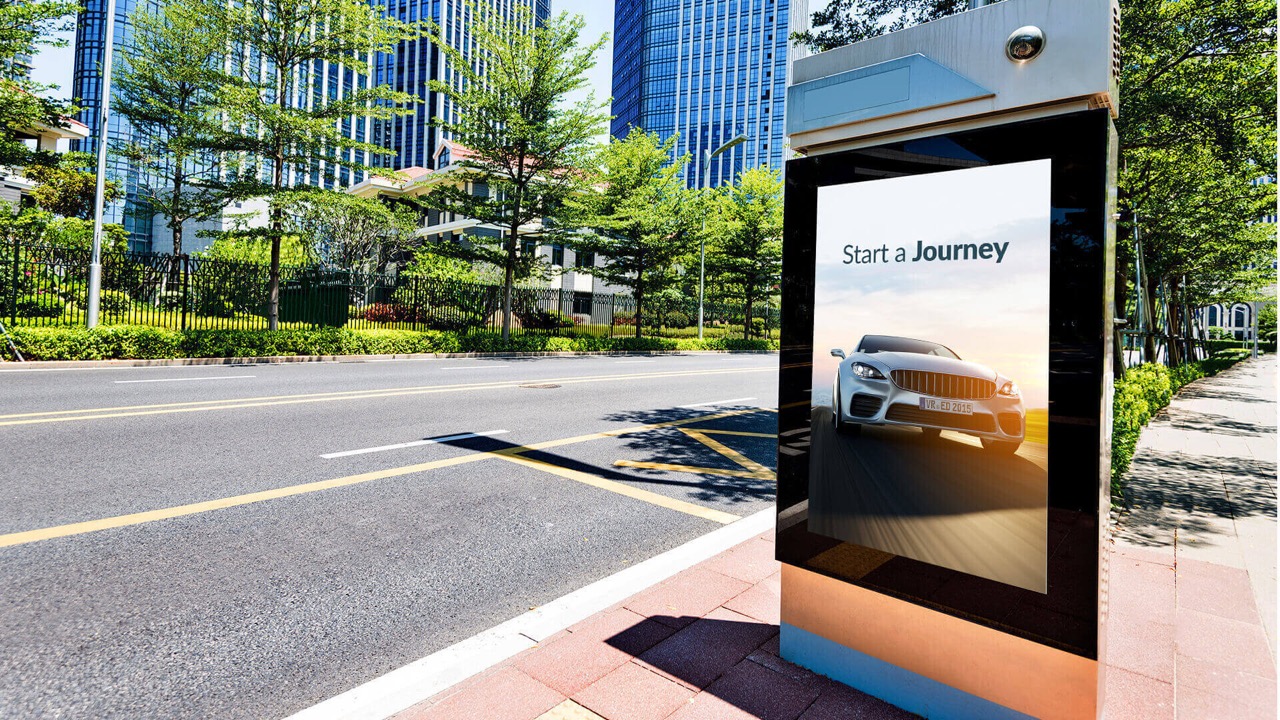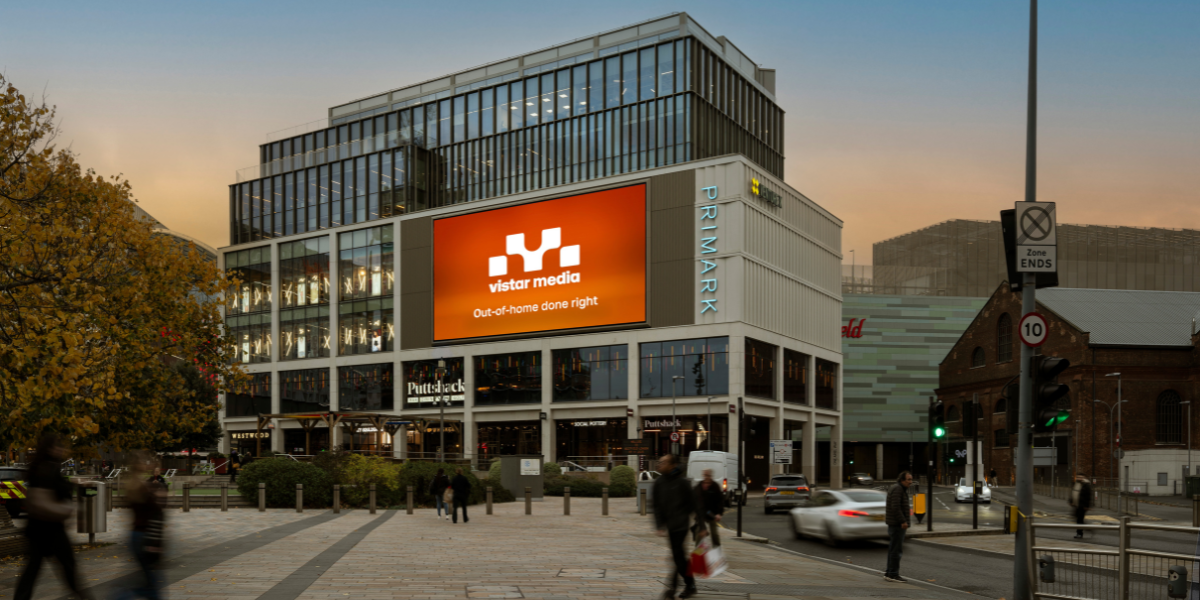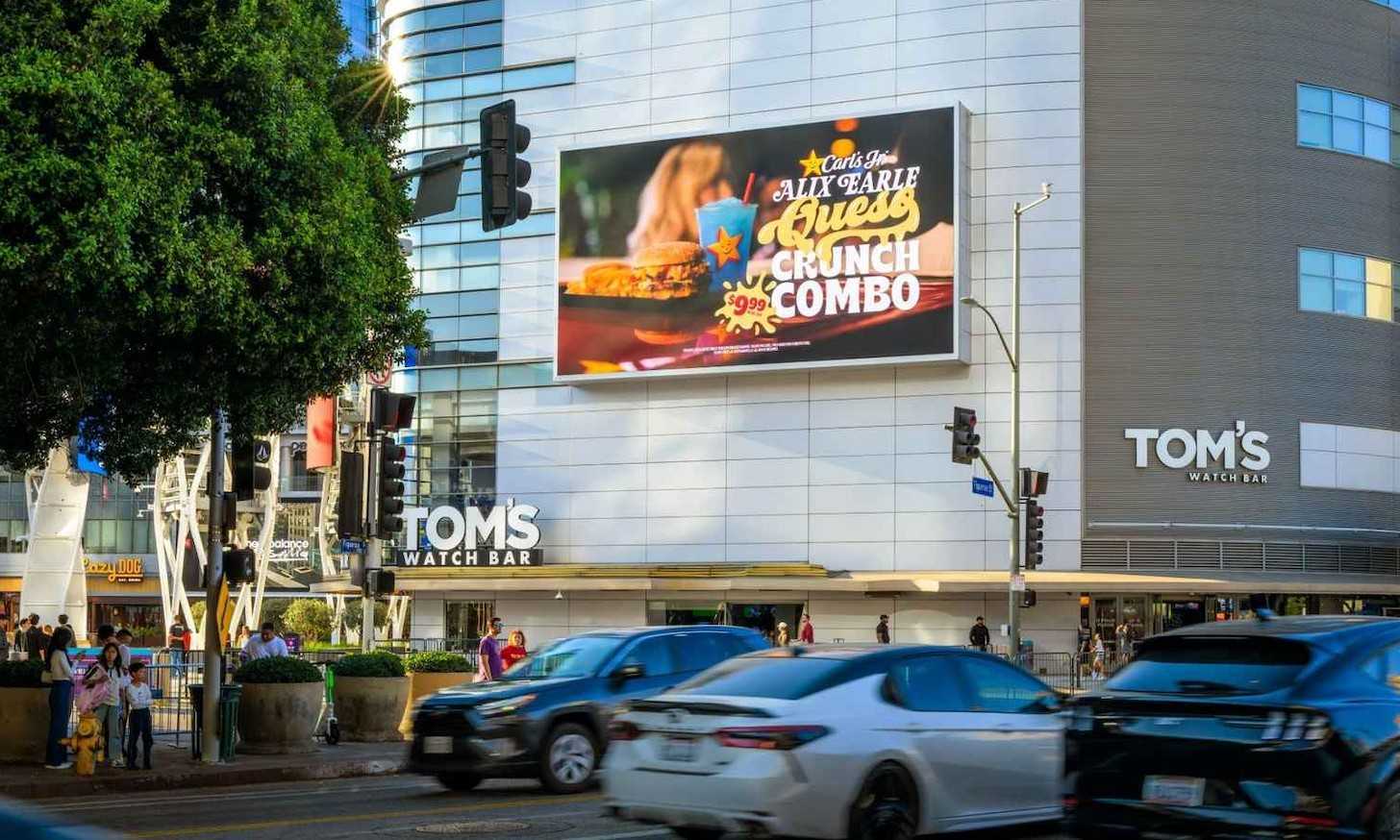
In previous posts, we’ve covered that an ad server is the decision-making engine, compared to a CMS which is a scheduling engine. We explored how an ad server is a helpful tool to manage campaigns and streamline operations. We introduced you to unified ad serving and what it means for media owners. Now, we’re diving into six ways unified ad serving can be beneficial to your digital signage business.
1. Sell to both traditional and digital buyers.
Traditional out-of-home buyers purchase based on a spot in a loop or share of voice as opposed to impressions. On the other hand, digital buyers are more familiar with impressions and would prefer to work with a provider who speaks the same language. Unified ad serving is unique in giving media owners the power to sell to both buyers – in their preferred language through one unified platform.
2. Confidently schedule and report on campaign display.
Many buyers, especially local advertisers, want to be able to see their ad on a nearby screen. With a loop-based solution, media owners can confidently share information on when and where an ad will play.
3. Control the screen experience.
A media owner who doesn’t have its own player software can leverage Vistar’s ad server to manage the user experience, by controlling where in the loop an ad or content is played.
4. Reserve a spot for partners.
Media owners can easily reserve a specific spot or percentage of inventory to dedicate to their partners’ creatives. For example, a media owner in a mall may agree to commit 10% of their inventory or 1 spot in their loop to run the real estate owner’s creative. Vistar’s unified ad serving solutions makes this experience seamless.
5. Run multiple unique creatives.
Sophisticated creative strategy is not only for programmatic placements. Media owners can now deliver multiple unique creatives within a scheduled ad placement. On behalf of advertisers, media owners can efficiently deliver relevant creatives based on real-world triggers - for example, run a snow boot creative when it’s below 32 degrees and a rain boot ad when it’s raining.
6. Deliver campaigns offline.
Internet connection can be stressful for media owners especially when managing programmatic and direct sold campaigns. With unified ad serving, media owners don’t have to worry about campaign performance if a connection is lost. Direct campaigns will continue to deliver as scheduled, even if the screen is offline, and programmatic campaigns will resume once back online.
Vistar’s unified ad serving solution removes limitations and headaches that come with more traditional methods of buying and selling out-of-home. It’s time to maximize your revenue by selling to all out-of-home buyers with ease.
Learn how unified ad serving can improve your digital out-of-home network and your day-to-day by requesting a free demo with one of our digital out-of-home experts.



